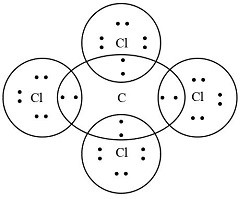Test to Differentiate Between Saturated and Unsaturated Hydrocarbons
The Bromine Water Test is a simple and effective way to distinguish between saturated and unsaturated hydrocarbons.
Procedure:
- Prepare Bromine Water: Bromine water is a reddish-brown solution of bromine in water.
- Add Hydrocarbon: Add a few drops of bromine water to the hydrocarbon sample you want to test.
Observation:
- Unsaturated Hydrocarbons (e.g., alkenes, alkynes):
- Reaction: The bromine water will quickly decolorize, turning from reddish-brown to colorless.
- Reason: Unsaturated hydrocarbons contain double or triple bonds, which react with bromine, breaking the bonds and forming a colorless compound.
- Saturated Hydrocarbons (e.g., alkanes):
- No Reaction: The bromine water remains reddish-brown.
- Reason: Saturated hydrocarbons have only single bonds and do not react with bromine under normal conditions, so the color of the bromine water remains unchanged.
Conclusion:
- Decolorization: Indicates the presence of an unsaturated hydrocarbon.
- No Change: Indicates the presence of a saturated hydrocarbon.
This test is commonly used in chemistry to identify whether a hydrocarbon is saturated or unsaturated based on its reactivity with bromine.


